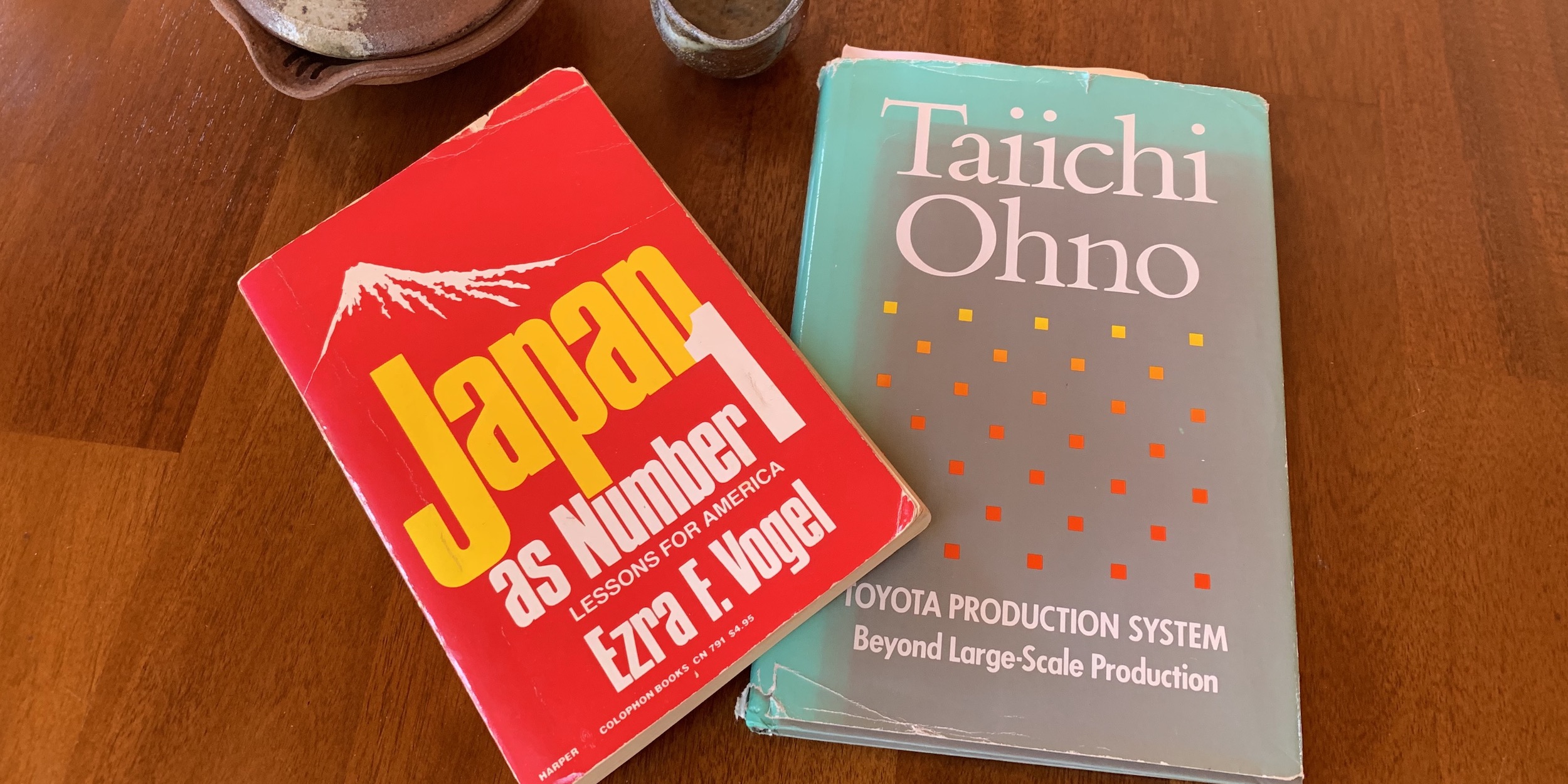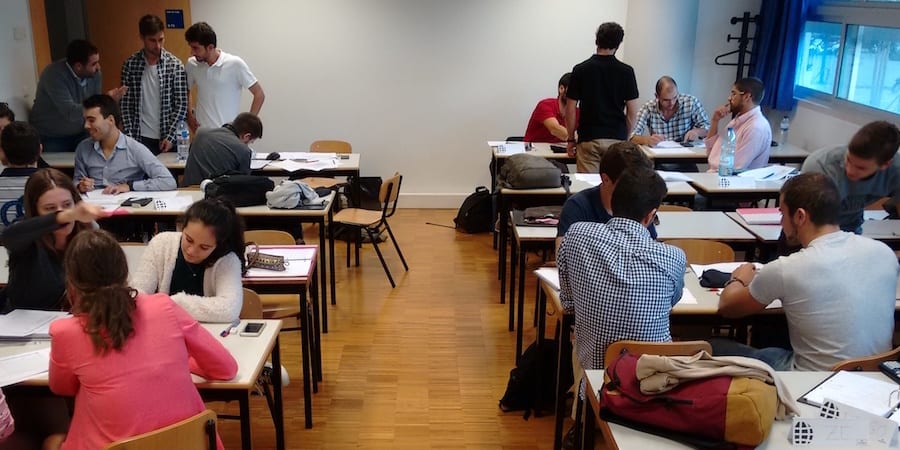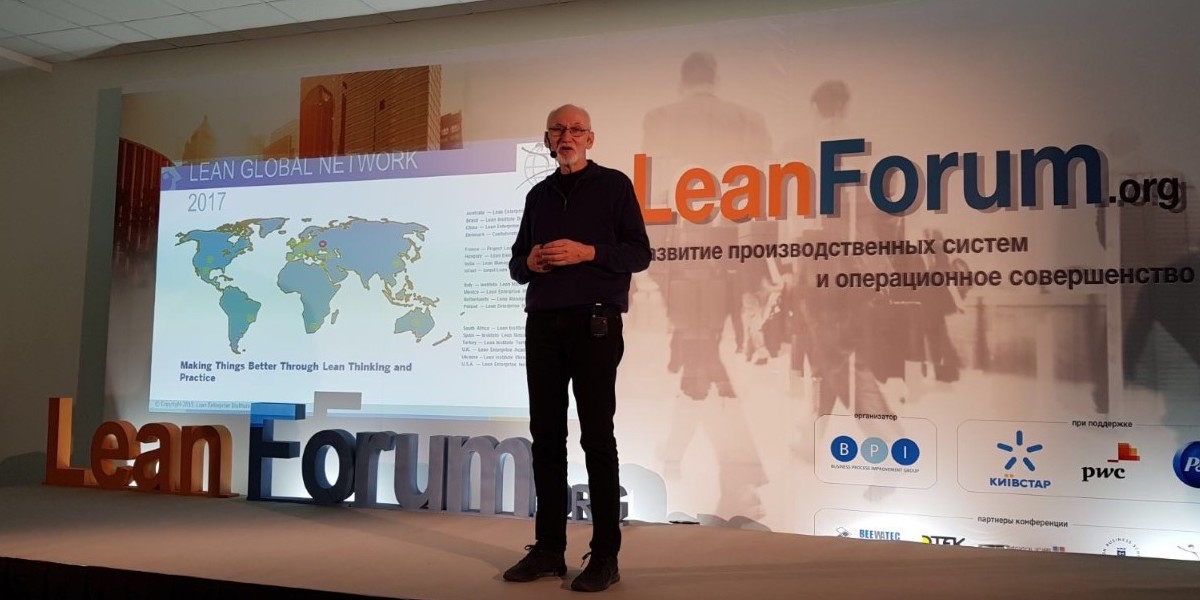
Building a better future in a better way
CASE STUDY – Building on the benefits of the Last Planner System™, lean thinking is supporting people at Turner Construction Company as they solve problems in a structured way.
Words: Doug Cooper, Vice President and Regional Lean Manager, Turner Construction Company – New York, United States
People working in the construction industry will charge hell with a water pistol, as long as they have a well thought out and communicated plan to do so. Last Planner System has given us that much-needed structure to manage production on our projects.
Developed by Glenn Ballard and Greg Howell, the Last Planner System is a tool to build predictability and reliability into project schedules. It also provides a platform for collaboration among the various trades working on a construction project. Teams at Turner Construction Company have seen it as a gateway to lean, a way to explain lean principles and techniques.
Our view of Last Planner System has evolved over time. We came to realize that it is not a requirement of a lean management system, but a tool and a system within itself to manage schedule, production and variability. The Last Planner System enables us to collect data, measure planning and performance, monitor information and manage production on our projects. We have seen the benefits of the System first hand. It’s a great System and produces great results. However, as we strive for deeper lean adoption, we have to decouple it from the broader lean discussion. By itself, Last Planner System doesn’t change the way people think, which is a critical element in any lean transformation.

DEVELOPING LEADERS, SHOWING RESPECT
At Turner, we really want to walk the lean walk. We have found that an ever deepening understanding and application of lean will truly transform our business and benefit our people, clients, partners and projects.
We are applying lean thinking to our problem solving activities as a way to deepen our engagement at the point of work and with the team members closest to the work – the subject matter experts. We are using the construct of the A3 Problem Solving methodology to support this engagement.
The Lean Enterprise Institute (LEI) has helped us along the way. LEI first helped us visualize our procurement process. With their guidance, we put together a visual board mapping the different steps in the process and issues we experienced along the way. The result was increased process efficiency, team alignment, increased cross functional collaboration and process transparency. We now have teams utilizing and improving the tools they learned. Most importantly, teams are exhibiting the thinking that underscores the tools.
An example of this is that of a new member of our Turner Team who identified 1,255 scratches and dents on a section of curtain wall. He categorized them and went out to the field to observe and engage with the subcontractor. Together, they came up with a list of five countermeasures, which led to a reduction of 82% in the number of scratches and dents in the next phase of the work. Our Project Engineer was coached through the A3 thinking by his General Manager – without necessarily knowing what an A3 was. As a result of the process, he was empowered to solve a specific problem and will no doubt utilize the A3 methodology for future problems. Coaching and mentoring people to think differently about problems might be a challenge, but it pays off. Simple, specific and measurable problems solved can translate into huge improvements across a business unit, region and enterprise.
As our leaders were exposed to new aspects of lean, they took the initiative to visualize their own work. Our Business Unit Leadership, under the guidance and commitment of our Senior Vice President, Charlie Murphy, took the next step in our lean journey and embarked on a leadership development program focused on using lean thinking in problem solving. As part of the initial course, 10 leaders - General Managers and Department Heads -were asked to select a project/department-specific problem, visit the gemba to collect current state data through observation and engagement, and use the A3 structure and thinking. Each leader was assigned their own coach to guide them through the process and associated learning. The purpose was to both introduce them to the A3 methodology and to develop their coaching skills. A second cohort of leaders are now being coached by the participants from the initial cohort of leaders.
Having our senior leaders work on front-line problems generates very important learning – the most important being, perhaps, that coaching front-line people is enhanced as they have a deep appreciation of their work. We definitely see a direct correlation between the development of lean leaders and our people’s ability to succeed. Indeed, people in the field are approaching problem solving in a different way, typically starting with multiple rounds of gemba-based observations. This is possible because we as leaders are walking down that same learning path and setting the right example.
Engaging in root cause analysis is having a dramatic impact on safety. We had incidents at one of projects involving drywall dollies flipping over. We asked questions and dug a bit deeper, trying to understand at what point in material conveyance the majority of incidents occurred. We found that most took place during what we call “tertiary delivery”—this is the stage at which materials are moved out of the way after use. The people handling the materials at this stage are not as familiar with them – as the trades working on “primary delivery” -- the people taking materials off a truck and “secondary delivery” the people moving material from warehouse to where it is to be installed. It also turned out the dollies transporting a material often wasn’t designed to transport material in its current configuration, resulting in a weight distribution problem. We dug deeper still and found we had no process of knowing what dollies were rated for what weights, nor what condition they were in. We have implemented countermeasures including performing a condition assessment, taking subpar carts out of service and creating learning opportunities around those carts. These actions have resulted in increased safety performance.
This approach reinforced in me the importance of going to the gemba and observe. The time spent in the field is transformative as we support and engage with the front-line value providers. That is the essence of respect of people.
THE AUTHOR

Read more


FEATURE – John Shook remembers the work of Ezra Vogel and Norman Bodek and discusses how, in their own way, each of their contributions help us to understand the Toyota Production System.


CALL TO ARMS – Despite the spread of lean principles across the world, only a handful of universities have included the methodology in their programs. This article is a call-to-arms telling us why we have an obligation towards future generations.


FEATURE – As the senseless war in Ukraine continues, the author looks back to his visit to the country in 2017, recalling and celebrating its vibrant lean community.


OPINION – How many times, in the early stages of kaizen events, have you thought about giving up? Hang in there. As frustrating as they can be, they will also teach you a lot, says our Danish colleague.

